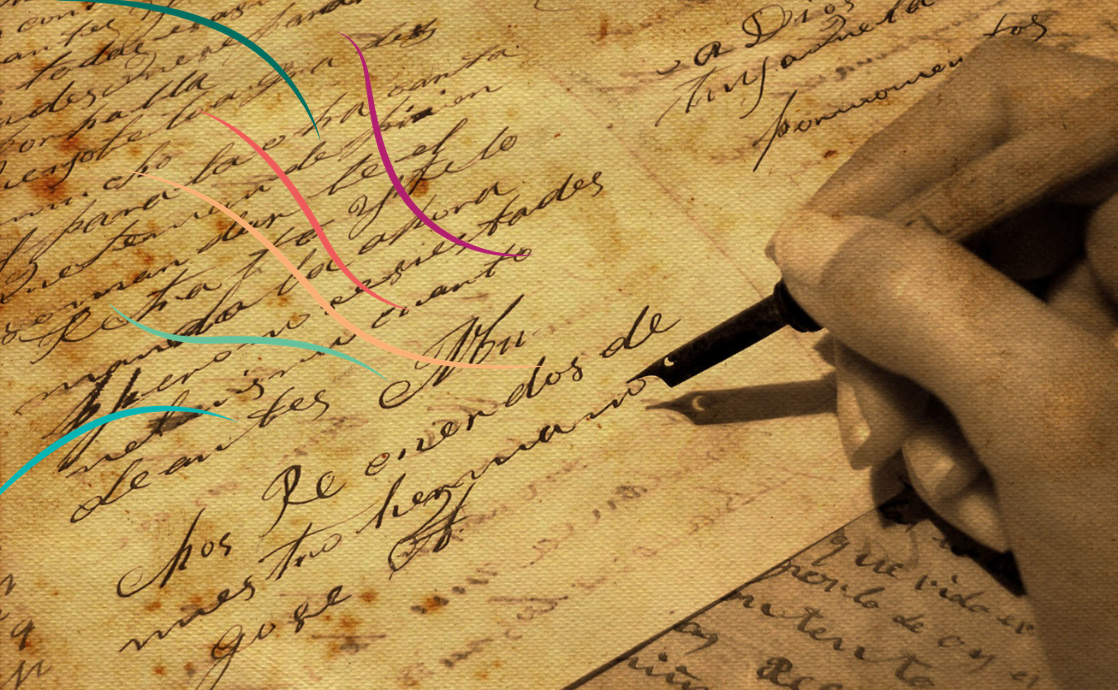In the early 20th century, America was a nation grappling with the complexities surrounding race relations; it was in this tumultuous context that the first Race Amity Convention took place in 1921. This significant event, organized by the Bahá’í community, was not solely a gathering but rather an emblematic manifestation of the movement towards racial unity and amity. The public’s reaction to this convention illuminates not only the prevailing sentiments of the time but also the profound implications of such an initiative for societal change and healing.
The historical backdrop of the convention is essential to comprehend its ultimate impact. The United States was then reeling from the racial violence and segregation that permeated everyday life. The KKK had resurgence, and Jim Crow laws were deeply entrenched in the Southern states. Against this brazen atmosphere of animosity, the Bahá’í community embarked on an audacious mission: to foster a dialogue around unity and the inherent oneness of humanity. Participants of different races were invited to share their experiences, celebrate diversity, and engage in transformative dialogues, which was remarkable considering the societal norms of the era.
One of the most conspicuous observations regarding the public reaction to the convention was the sense of curiosity it sparked. Many attended out of a desire to understand the Bahá’í perspective on race, while others sought to find alternatives to the prevailing racial ideologies. This curiosity suggests a broader yearning for change that transcended the immediate discomfort of racial discourse. The intersection of curiosity and hope points to a deeper resonation with the key Bahá’í principle: the fundamental oneness of mankind. The convention ignited a spark, indicating that people, irrespective of their backgrounds, were eager to explore the transformative possibilities of unity.
Moreover, the confluence of various cultural and ethnic groups at the convention reflected an emergent desire for collaboration. Bahá’í teachings advocate for the abolishment of prejudice, a notion that resonated distinctly with public sentiments, thereby generating varying reactions. Notably, many in attendance expressed admiration for the Bahá’í vision of an inclusive society where societal progress is linked inextricably to the elimination of racial prejudices. The deep-seated admiration for such ideals served as a reminder that the quest for justice and equality is a universal aspiration.
However, the convention also served as a microcosm of the larger societal complexities regarding race in America. While many embraced the Bahá’í teachings, others were skeptical, viewing the initiative as overly idealistic. The critiques laid bare a multitude of underlying fears and dynamics, often revealing a staunch resistance rooted in historical grievances and a sociopolitical landscape that was resistant to change. Skeptics questioned the feasibility of racial harmony, as their beliefs were entrenched in the historical context and personal experiences that shaped their perceptions of race relations. This juxtaposition of optimism against skepticism created a fertile ground for deeper discussions about the gradual evolution of societal attitudes towards race.
As the convention unfolded, a notable presence emerged: the simultaneous yearning for understanding and the stark challenges posed by prejudice. The intermingling of excitement with apprehension epitomized the tensions present within American society during the 1920s. The deeper reasons for fascination with the event stemmed from the acknowledgment that racial harmony was an ongoing struggle, one that required unyielding commitment and nurturing community engagement. The Bahá’í community’s brave initiative to challenge societal norms elicited both admiration and critique, showcasing a longing for connection amid prevailing divisions.
The aftermath of the convention continued to influence ongoing conversations about race, expanding the discourse within the broader context of American history. Following the convention, communities across the nation began to engage in localized conversations about race, fostering awareness that echoed the Bahá’í principles discussed. It is significant to note that the event contributed to the emergence of a more vocal civil rights movement, albeit slowly and meet with resistance at various levels. The convention’s legacy lay not only in the immediate impact but also in its capacity to plant seeds of consciousness regarding unity, planting hope for future generations who would carry the torch for social justice.
From analyzing the diverse array of public reactions, it becomes evident that the Race Amity Convention of 1921 transcended a mere event; it was a harbinger of change. Individuals found themselves at the crossroads of history, grappling with the dissonance between aspiration and reality. This pivotal moment illustrated the undeniable truth that the quest for racial amity is fraught with challenges yet becomes increasingly paramount in our globalized society, where interconnectedness is unavoidable.
Ultimately, the Race Amity Convention serves as a compelling reminder of the endurance of the Bahá’í teachings in the face of societal challenges. It posits that racial tensions are not immutable; rather, they are challenges to be addressed through dialogue, understanding, and concerted action. In reflecting on the reactions to this monumental event, we gain insight into the human capacity for empathy and growth, as well as the indispensable role of collective engagement in transcending historical conflicts. In doing so, we align ourselves with the aspirational vision inherent in the Bahá’í commitment to fostering a world united in diversity.
